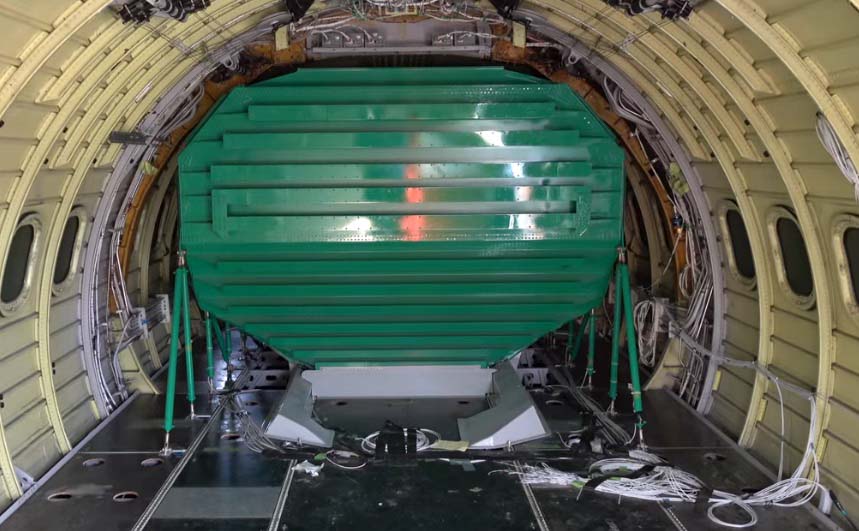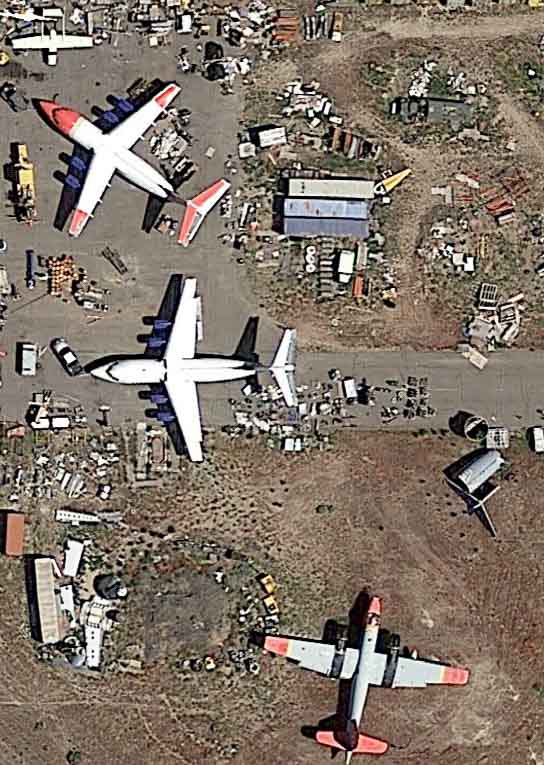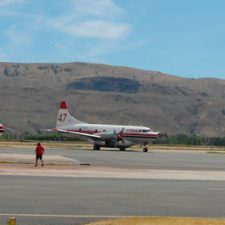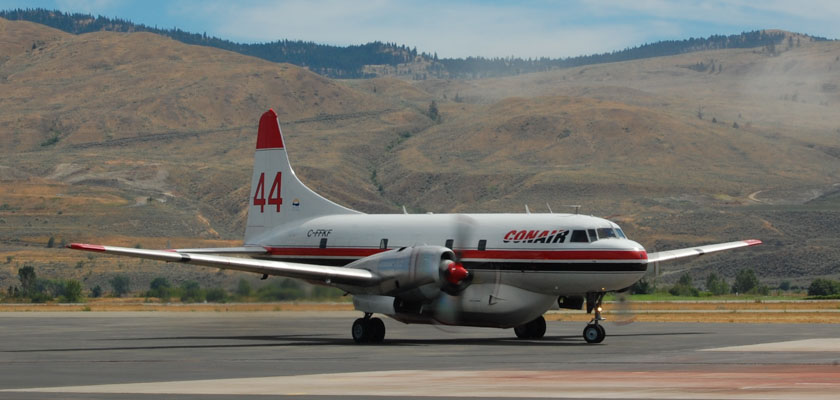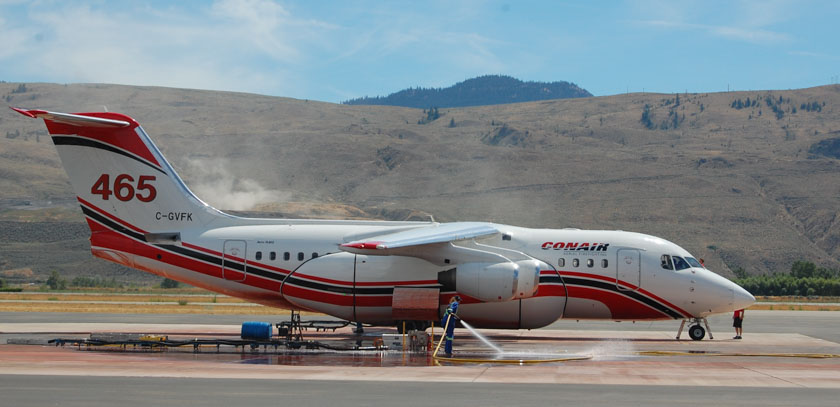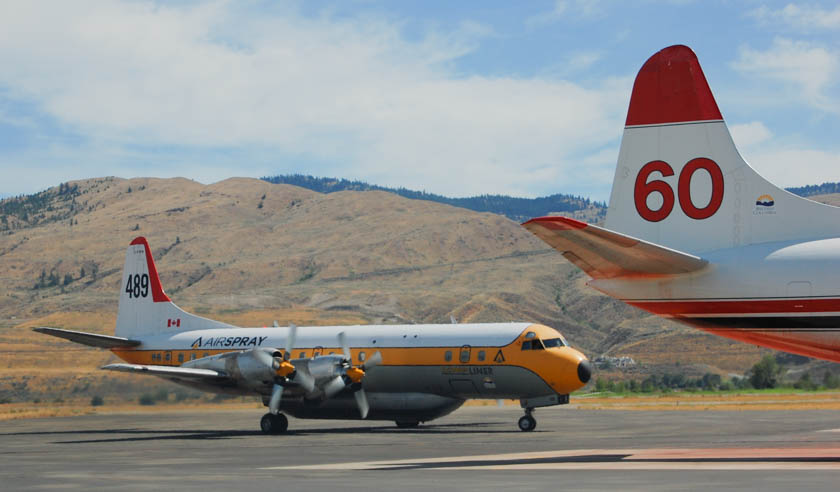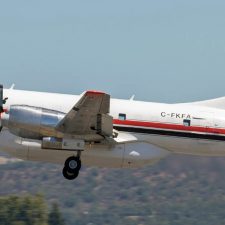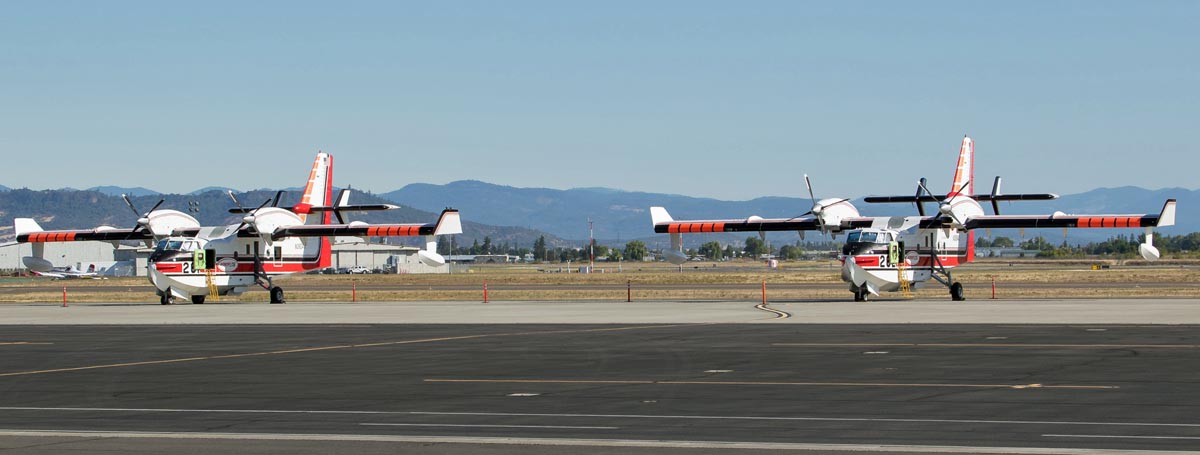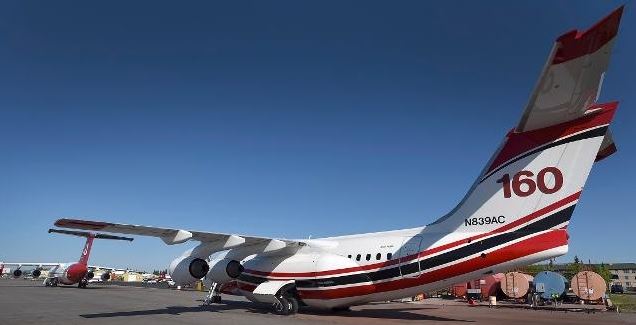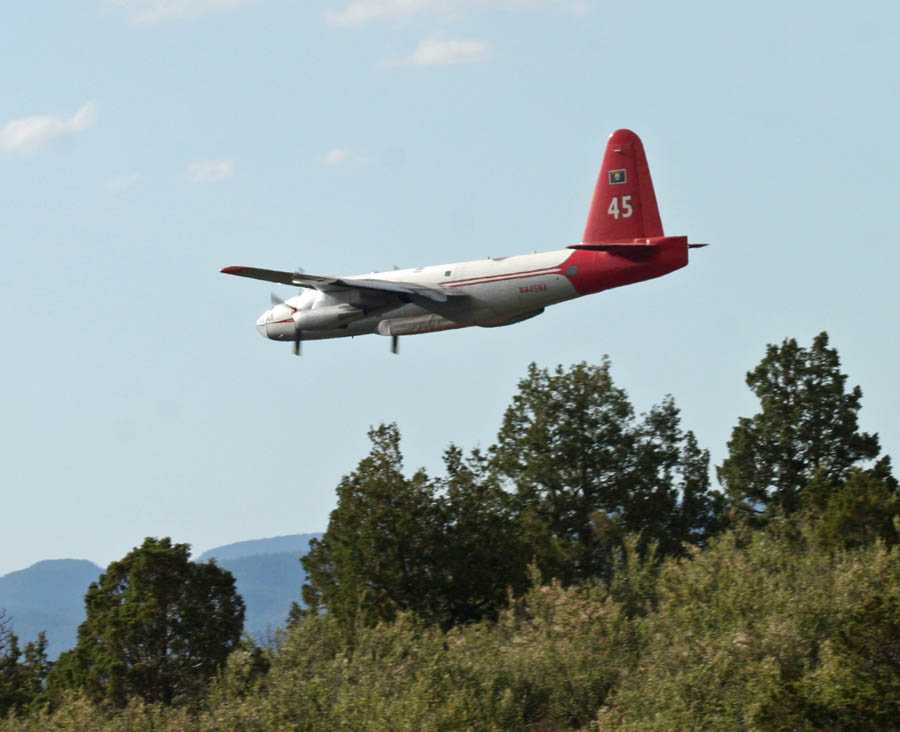
I can still hear it. I picked up the phone nine years ago and a voice said:
“Have you heard”?
It was Walt Darran June 3, 2012. Knowing that he had been a long-time air tanker pilot and advocate for aerial firefighting safety, my mind raced through any recent news I might have heard about firefighting aircraft.
I said, “What’s going on?”
“Two crashes.”
Walt went on to tell me that two P2V air tankers had crashed that day.
Tanker 11 operated by Neptune Aviation, was working on the White Rock fire which started in Nevada northeast of Caliente, but the fire burned across the state line into Iron County in Utah, which is where the aircraft went down. We learned later that the two pilots on board were killed, Capt. Todd Neal Topkins and First Officer Ronnie Edwin Chambless, both from Boise.
May they rest in peace.
The National Transportation Safety Board’s probable cause report on Tanker 11 concluded that while preparing to drop retardant the flight crewmembers “did not properly compensate for the wind conditions while maneuvering”. The aircraft impacted the ground before it reached the location for the intended drop.
The second crash that day involved Minden’s Tanker 55 which had a problem with the landing gear. Only one main landing gear and the nose gear were able to be lowered and locked, leaving one main landing gear up or not locked. The pilots made a great landing at Minden, Nevada, considering the condition of the aircraft, on just two of the three landing gears as an Air-Crane orbited nearby ready to drop water if it caught fire. There were no reports of injuries to the flight crew. As far as I know Tanker 55 never flew again.
Two years later on June 15, 2014 Minden’s last remaining flyable air tanker, T-48, was involved in an incident at Fresno, California. While working on the Shirley Fire near Lake Isabella, the 53-year old P2V experienced a problem with the hydraulic system and diverted to the long runway at Fresno. According to Mike Ferris, spokesperson for the U.S. Forest Service, the nose wheel collapsed upon landing. There were no injuries to the crew.
By the end of the day there were only nine large air tankers left on US Forest Service exclusive use contracts. They were all grounded temporarily in consideration of the crews flying and maintaining the remaining aircraft.
A few days later the Associated Press quoted Tom Harbour, the USFS National Director of Fire and Aviation Management, about the deteriorating fleet of air tankers:
They are aging, and we know we need to replace them,” said Tom Harbour, the U.S. Forest Service’s fire and aviation operations director. “That’s why the chief (of the Forest Service) sent Congress an air tanker strategy a couple months ago that said we needed to modernize the fleet.”
Harbour said the agency has concluded that the nation needs up to 28 of the next generation of air tankers, those that can fly faster and carry more retardant.
This year there are 18 large air tankers on exclusive use USFS contracts, as each decade, the fires become larger.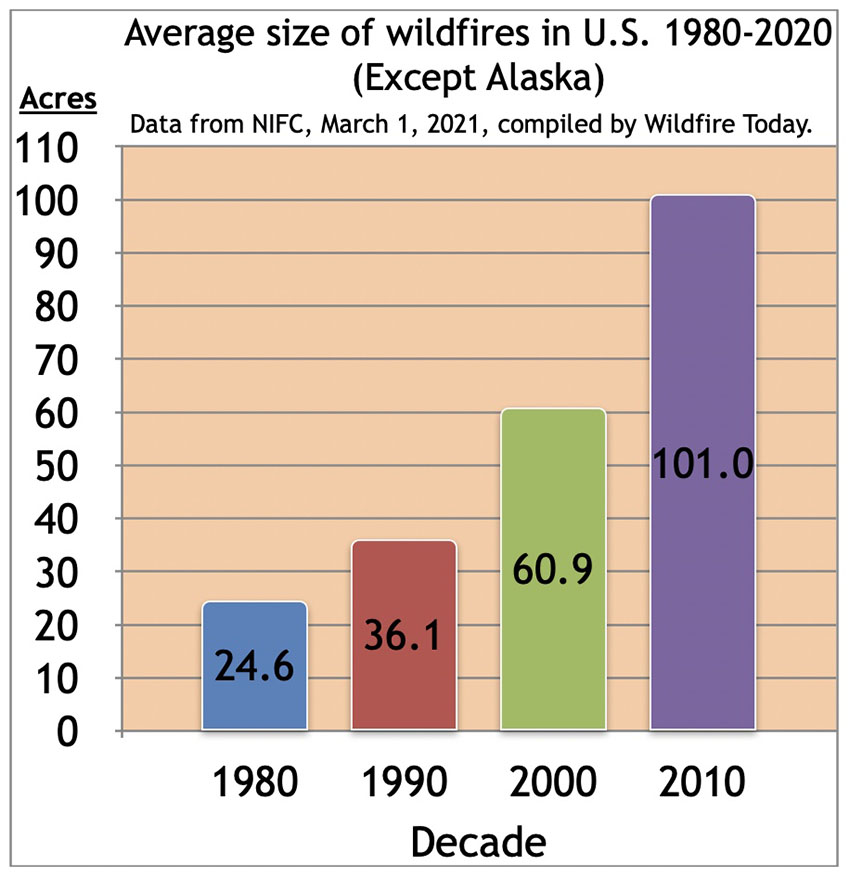 A few weeks before the two June 3, 2012 crashes, Tanker 11 was featured on the cover of Wildfire magazine. Here is what we wrote June 6, 2012:
A few weeks before the two June 3, 2012 crashes, Tanker 11 was featured on the cover of Wildfire magazine. Here is what we wrote June 6, 2012:
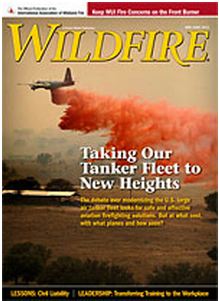 The May/June issue of Wildfire magazine that arrived in mailboxes several weeks ago featured a cover photo of Tanker 11 dropping on a fire in Texas last year. This is the same air tanker that crashed on Sunday, killing the two-person crew.
The May/June issue of Wildfire magazine that arrived in mailboxes several weeks ago featured a cover photo of Tanker 11 dropping on a fire in Texas last year. This is the same air tanker that crashed on Sunday, killing the two-person crew.
I don’t believe in curses, fate, or jinxes, but this reminds me of the Sports Illustrated “cover jinx”, in which a person who appears on the cover of the magazine is supposed to be jinxed or will experience bad luck.
That issue of the magazine features an excellent article by Walt Darran, in which Mr. Darran, who has a great deal of experience in the aviation and air tanker industry, writes about the future of the air tanker program. You should read the article which is online at the IAWF website, but here are some of the points he makes.
- In spite of what you may hear from the U.S. Forest Service and the still unreleased RAND Corporation report, we need a mix of various types of air tankers in our tool box, not just C-130Js.
- Having enough air tankers for fast, effective initial attack while fires are small is important. Taking into account the increased fire activity, Mr. Darran says we should have “40 to 50 or more Type 1, 2, and 3 air tankers”.
- The state of California’s air tanker program could be a model, with Government-Owned, Contractor-Operated air tankers working side by side with a fleet of helicopters that are Government-Owned, Government-Operated.
- Since it is unrealistic to expect operators of expensive aircraft to maintain the availability of air tankers and crews on a Call When Needed contract, a retainer should be supplied to cover costs of maintaining the aircraft airworthiness and crew currency so it is available when we need it. “Imagine SEAL Team 6 on a CWN contract” Mr. Darran wrote.
(end of the 2012 article)
When you have time, read through the series of articles on Wildfire Today tagged Tanker 11. When we created FireAviation.com in November, 2012, we picked it there under the tag T-11.
Thanks and a tip of the hat go out to Darren.

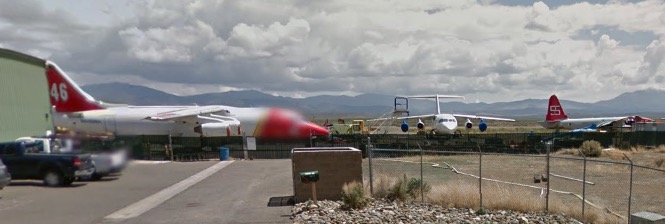
 Problems with hydraulic systems led to landing gear failures on two P2Vs,
Problems with hydraulic systems led to landing gear failures on two P2Vs, 